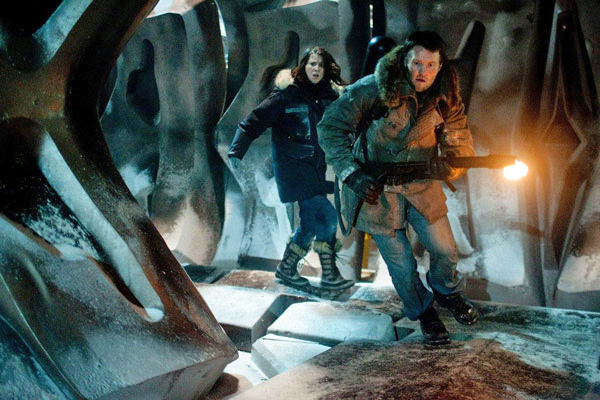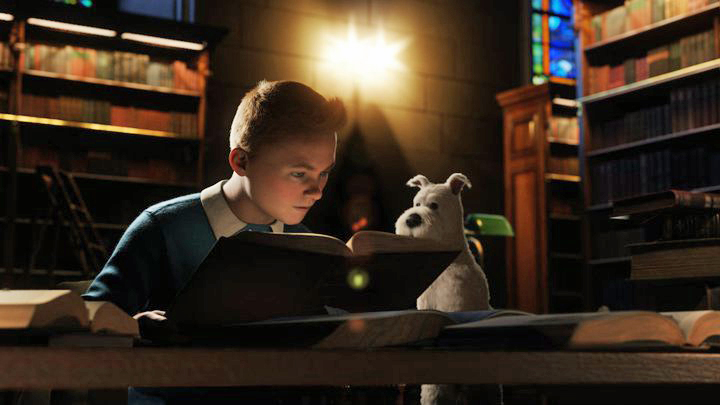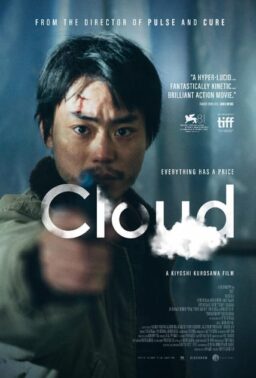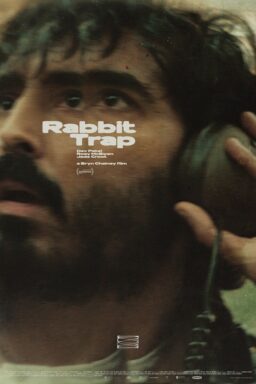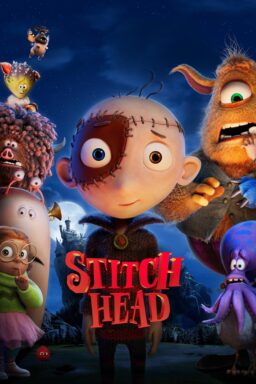Q. I saw “Starship Troopers” this weekend, and paid particular attention to the scene in which school kids stomp a bunch of cockroaches. It appeared to me that at least some of the beasties that got stomped were real, since they were walking around, but the film had the usual SPCA thingy at the end. Was this a special effects shot? Or did the SPCA lower their standards after Men in Black? (Dominick Cancilla, Santa Monica, CA.)
A. First of all, Gini Barrett of the American Humane Assn. wants you to know: “There is no such thing as the ‘usual SPCA thingy’ at the end of films. While there are many Societies for the Prevention of Cruelty to Animals (SPCAs), only the American Humane Assn. is authorized to monitor the handling of animals on production, and is the only organization empowered to issue an end-credit disclaimer.” As for “Starship Troopers”–no, the AHA has not lowered its standards. “The cockroaches were fake,” she says, “and the only live animals used during filming were ferrets, frogs and a cow.”
Q. Re your Answer Man exchange about the parent who took his 11-year-old to the R-rated “Starship Troopers” and then was offended by the shower scene: What you describe is exactly what happened to me! At a screening last week there were some kids, between the ages of 6 and 10, sitting behind me with their parents. During the aborted sex scene, when the actress took off her shirt, the mom said, “Tanner–don’t look at this.” Of course, the kid had already seen people screaming in agony as their bodies were pulled apart and blood and guts flew all over the place; then watched hundreds of dismembered corpses rot in the sun. If I’d seen “Starship Troopers” when I was a kid, I’d still be in a coma. (Jim Emerson, “Cinemania,” Seattle, WA)
A. It illustrates the cynicism of the rating system that studios make R-rated movies while aiming their pitches at a prime audience including young teenagers. The same people who wonder if Joe Camel attracts 14-year-olds should note the “Starship Troopers” hoopla in young teen media.
Q. Did you notice, near the end of “Seven,” that just one frame of Gwyneth Paltrow is flashed in, almost like subliminal advertising? I didn’t see it when I first watched the movie, but a friend of mine thought he did, and so I played the tape back frame by frame by repeatedly hitting the pause button. It is flashed on the screen just as Brad Pitt realizes whose head is in the box. Is it commonplace for movie directors to slip a subliminal message into their pictures? (William Nack, Washington, D.C.)
A. Not common, but it’s been done before. There are some single-frame superimpositions of satanic faces over the face of Linda Blair in “The Exorcist.”
Q. Just saw “Mad City.” What bothers me is that actors like Dustin Hoffman can do such convincing roles with a great variety of parts, yet when it comes to sounding like a television reporter they just never sound quite right. Alan Alda had an interesting part as a slimeball network anchor, but when he did his stand-up it sounded awful. Is this why Hollywood keeps getting real reporters to play themselves? (Bruce Worthen, Salt Lake City)
A. Maybe. Here’s why actors get it wrong. They memorize the lines and deliver them as an actor would. TV people, on the other hand, read live off a teleprompter, often without knowing when they begin a sentence how it is going to end. So they sort of suspend their verbal commitment, finding inflections that allow them to go wherever the copy takes them without getting stuck on the wrong note. It is against an actor’s very nature to read that way.
Q. My roommate thinks they shut down that entire street in “Devil's Advocate” for the dramatic Keanu-Walks-Onto-An-Empty-Street-In-New-York Shot. I think that’s unlikely. Since it’s a crane shot (involving a shift along the vertical axis), a glass painting (see the final shot of “Raiders of the Lost Ark“) wouldn’t work. So I say the traffic was removed digitally. Is that a powerful shot, or what? It’s got to be my favorite single shot in recent months. When digital effects are being touted for how incredible they are, it’s usually when there are 50 different spaceships moving within the frame. But this effect. by taking all the activity “out” of the shot, in my opinion has a much stronger effect. (Robert Atkinson, Portland, OR.)
A. Paul Idol of the CompuServe Showbiz Forum says your guess is right, and points out that the movie’s final credits include one for “57th Street Digital Effects.”
Q. In the movie “Goldfinger,” I have always heard that the girl they painted gold died because of this. Please respond as there is a bet riding on this. (Matt Brown)
A. The theory that Shirley Eaton died was part of the plot, not part of the movie’ production details. Movie lore has long held that they left an area of her back unpainted so the skin could breathe. Actually, she was never in danger.
Q. Why is there all of this confusion about the last scene in “Boogie Nights?” Doesn’t anybody listen to Howard Stern? Four weeks ago Howard had on the special effects team of Kurtzman, Nicotero, and Berger, who designed the prosthetic prop for Mark Wahlberg, not to mention the ear in “Reservoir Dogs” and Uma Thurman’s chest plate in “Pulp Fiction.” Howard even got to live out a life-long dream by wearing the thing in the studio. I hope this clears up this mystery. (Bradley D. Richman, Flushing, N.Y.)
A. The mystery is not so much whether the final shot is real, as about the contradiction between what director Paul Thomas Anderson says (“Absolutely, 100% real”) and what everyone else says. By the way, how did they get Howard to give the thing back?

